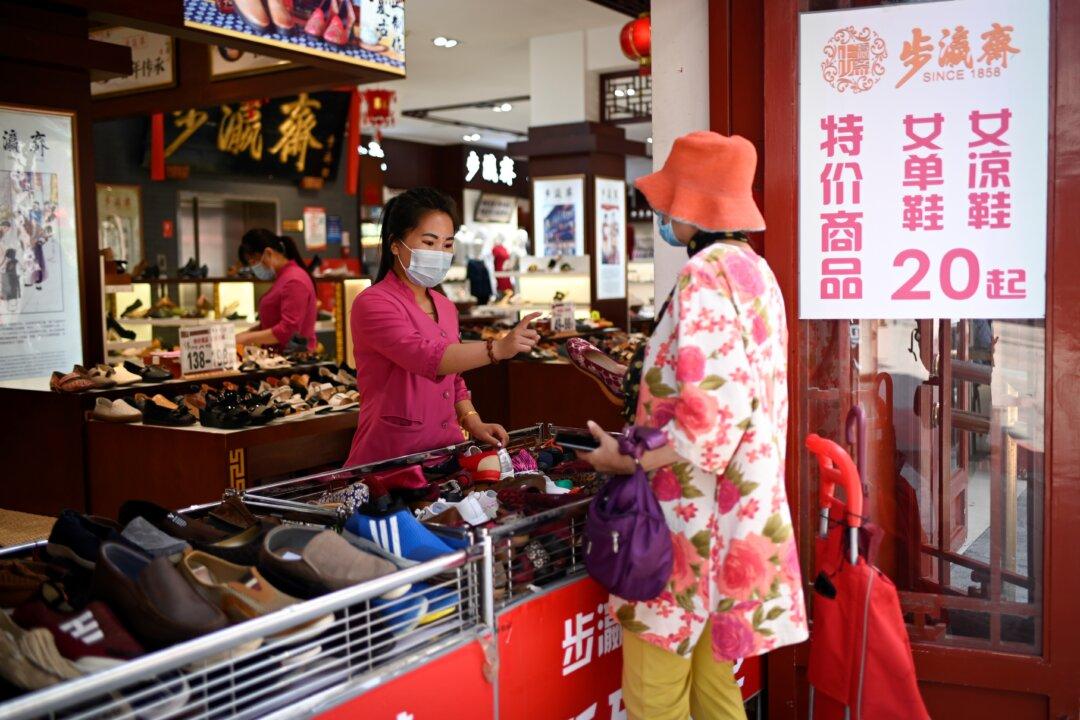Commentary
Part of the CCP’s 14th Five-Year Plan aims to expand domestic demand. However, the definition of domestic demand is different than it was before the 13th Five-Year Plan, as the desired effect now is to expand domestic consumption.

Part of the CCP’s 14th Five-Year Plan aims to expand domestic demand. However, the definition of domestic demand is different than it was before the 13th Five-Year Plan, as the desired effect now is to expand domestic consumption.